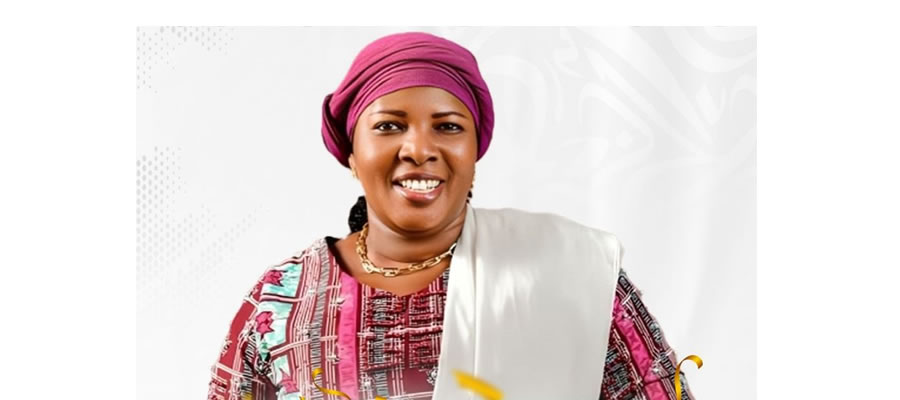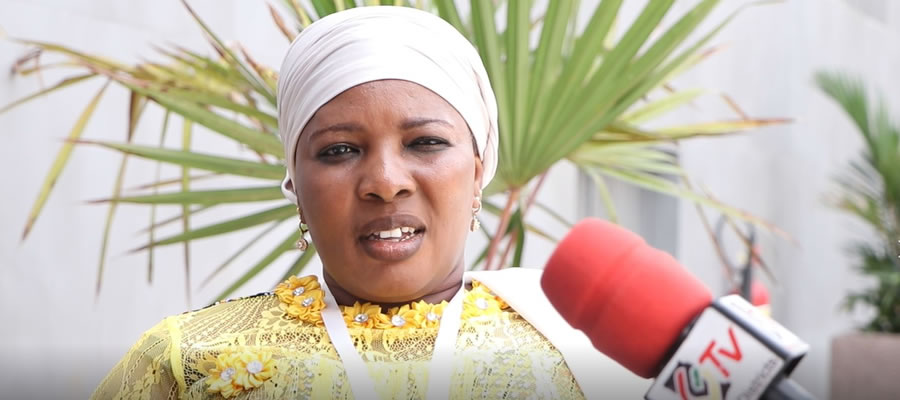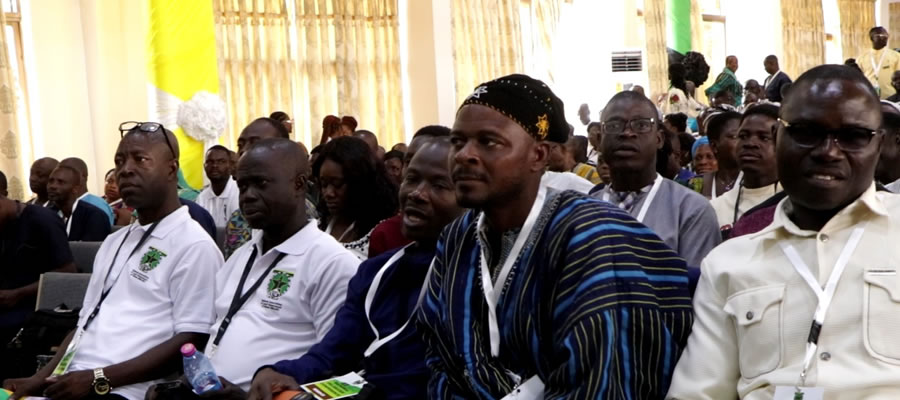

Administrative And Institutional Arrangements
To effectively champion the course of development, a vibrant institutional framework is required. Development is not only multi-faceted but also inter-disciplinary and this entails the involvement of several specialist in the decision making process. In order to avoid duplication of functions, the people should operate within clearly defined administration of institutional structures indicating the various levels of interaction and co-ordination between them.
This section thus encapsulates the composition and structures of the Berekum Municipal Assembly and other related institutions. The roles of these institutions and the relationships between them for planning and implementation have also been touched.
Composition The Municipal Assembly
In consonance with the New Local Government System as provided for by the Local Government Act 1993. (Act 462) and the Legislative Instrument 1988 (L.11478), the organogram of the Berekum Municipal Assembly, portrays a three-tier structure made up of the Municipal Assembly, Town/Area Council and Unit Committees.
The Berekum Municipal Assembly is made up of 54 members, 36 of the members are elected on universal adult suffrage. Of the 18 non-voting member 17 members including the Municipal Chief Executive are government appointees while the remaining 1 is the Member of Parliament for the area, who is a non-voting member.
The Executive Committee
The Municipal Chief Executive is the political head of the Assembly as well as the Chairperson of the Executive Committee through which the day to day functions of the Assembly are carried out.
The committee has 6 Sub-committees. They are:-
- Finance & Administrative
- Development Planning
- Justice and Security
- Works and Technical
- Social Services
- Sanitation and Environment
The Co-ordination Directorate
The Municipal Co-ordinating Director heads the Municipal Co-ordinating Directorate. The activities and functions of the Sub-committees and departments are co-ordinated by the Municipali Co-ordinating Director. However according to the act, the Municipal Planning Co-ordinating Unit (MPCU) is responsible for the planning functions of the Assembly.
Aside these, there are other bodies in the Municipality which co-operate with the Assembly to bring about development in the Municipality . These include Non-decentralized Departments, Central Government Agencies, NGOs, Donor Agencies and Multi-lateral Agencies like the German Technical Co-operation (GTZ), KfW, etc.
Institutions
All the requisite state Institutions are in place and functioning in the Berekum Municipality. The regulations regarding their operations and linkages are clearly laid down and available to all.
Council Areas Of The Berekum Municipal Assembly
The 8 Council Areas are as listed indication present status;-
1. Berekum Urban Council
2. Jinijini Town Council
3. Nsapor Area Council
4. Senase Area Council
5. Fetentaa Area Council
6. Koraso Area Council
7. Mpatasie Area Council
8. Kutre No. 1 Area Council
Prioritization Of Community And Area Council Needs
The Plan Preparation Team undertook the above exercise to integrate the various Area/Town Urban Councils/Sub Structures into the Medium Term Plan. This will facilitate recommendation of projects for implementation at the various Sub District structures.
These Priorities are based on the identified Problems and Needs during Community For a. ( See Appendix A for list of Communities’ Problems and Needs Prioritization during the Community For a).
Communities under Nsapor Area Council are:
1. Nsapor
2. Nanasuano
3. Benkassa
4. Amomaso
Communities under the Senase Area Council Are:
1. Senase
2. Biadan
3. Kato
4. Anyinasu
Communities within the Fetentaa Area Council are:
1. Fetentaa Area council Capital
2. Botokrom
3. Nkyenkyemam
4. Anyimom
5. Mentukwa
6. Pruso
Communities within the Ketre Area Council are:
1. Kutre NoI – Area Council Capital
2. Kutre No. II
3. Mpatapo
4. Namasua
5. Oforikrom.
Communities Under the Koraso area Council are:
1. Koraso
2. Nkantanka
3. Jamdede
4. Adom
5. Domfete
6. Abi
7. Tewbaabi
8. Abisaase.
It must be noted that Koraso area Council is the largest Sub Municipal Structure in terms of total number of communities. It falls within the most Poverty Stricken Zone in the Municipality.
Date Created : 11/15/2017 5:48:42 AM












 facebook
facebook
 twitter
twitter
 Youtube
Youtube
 +233 593 831 280
+233 593 831 280 0800 430 430
0800 430 430 GPS: GE-231-4383
GPS: GE-231-4383 info@ghanadistricts.com
info@ghanadistricts.com Box GP1044, Accra, Ghana
Box GP1044, Accra, Ghana